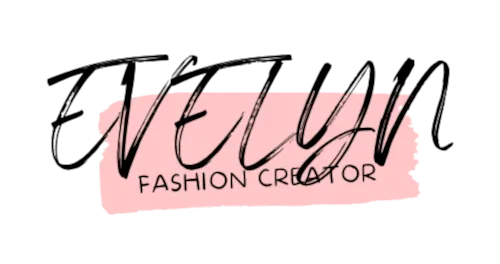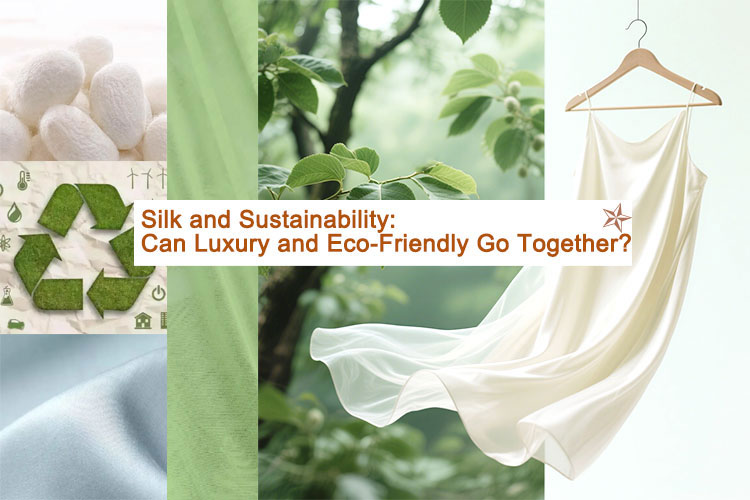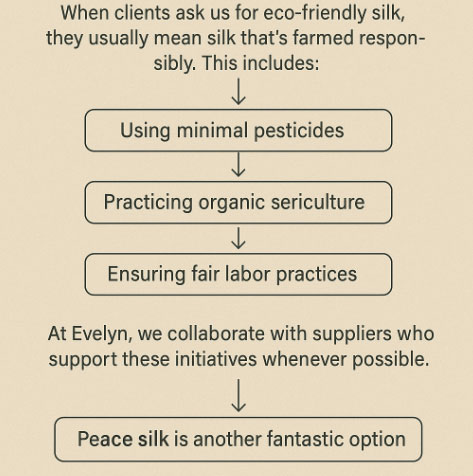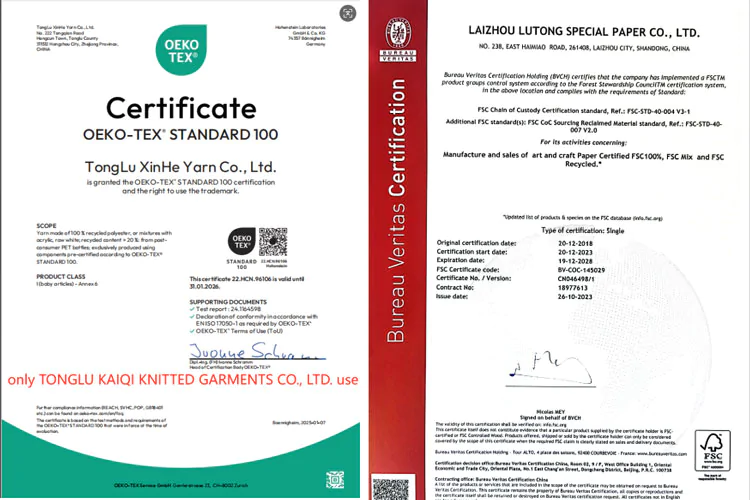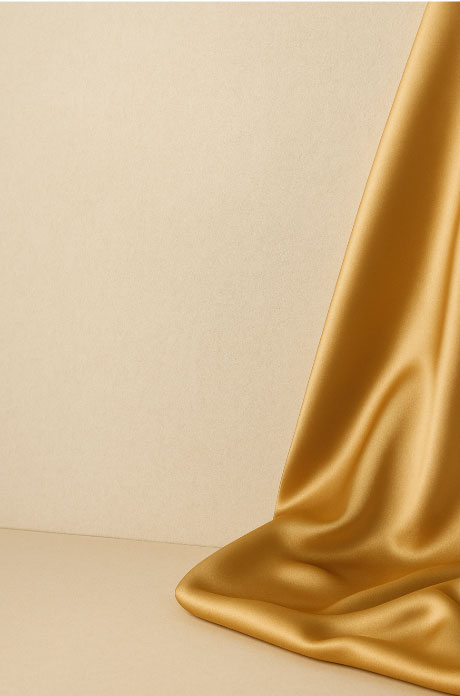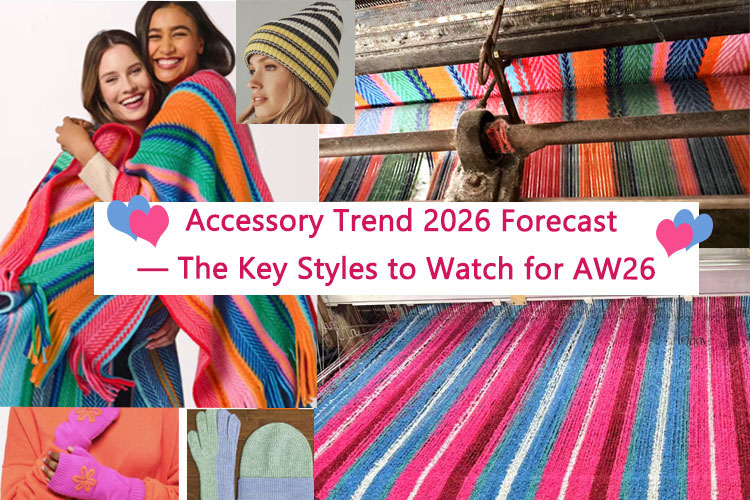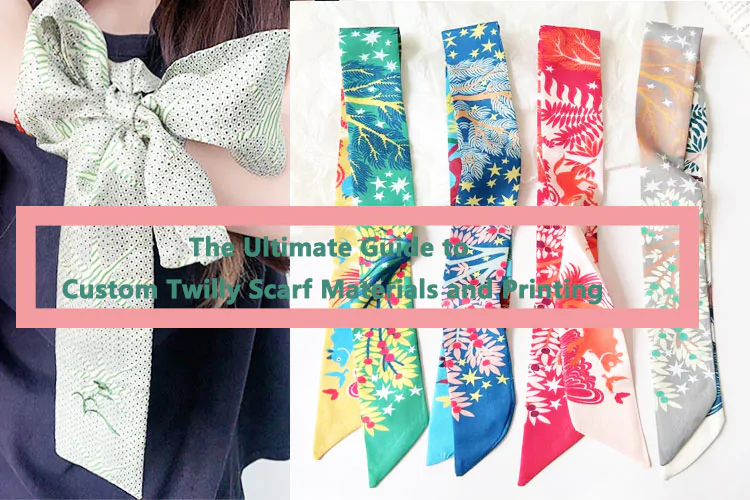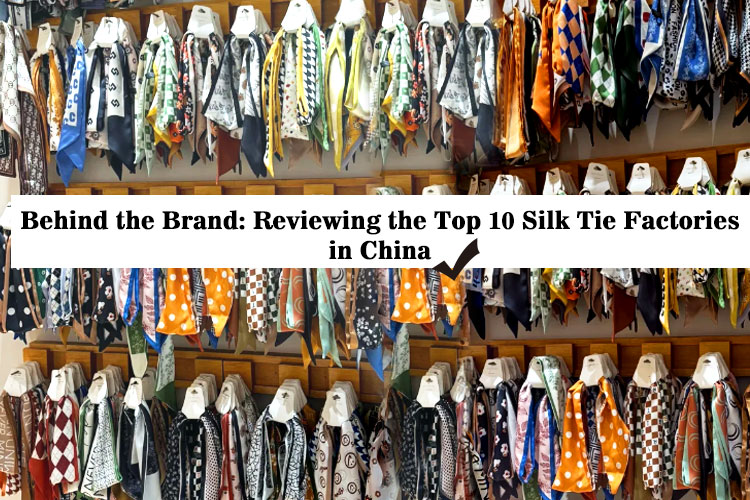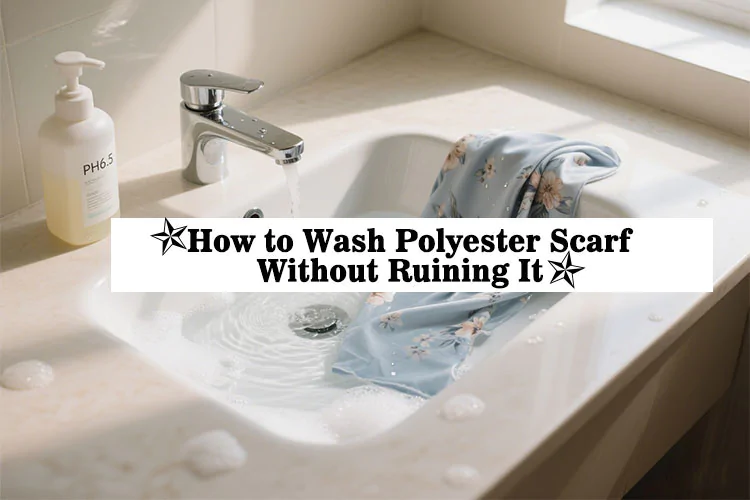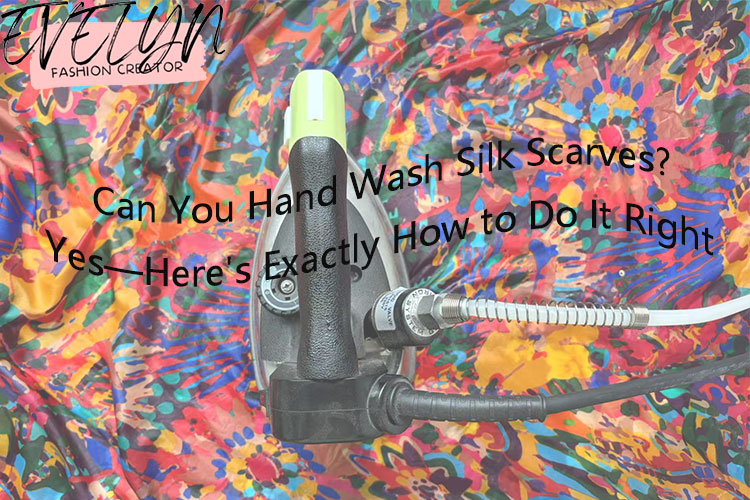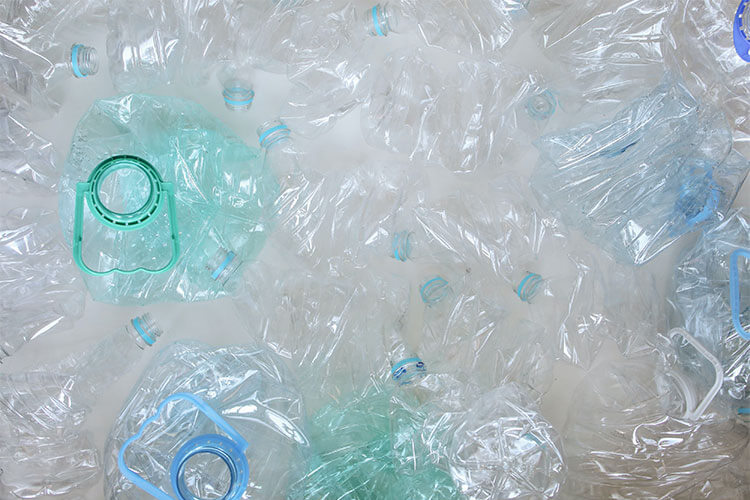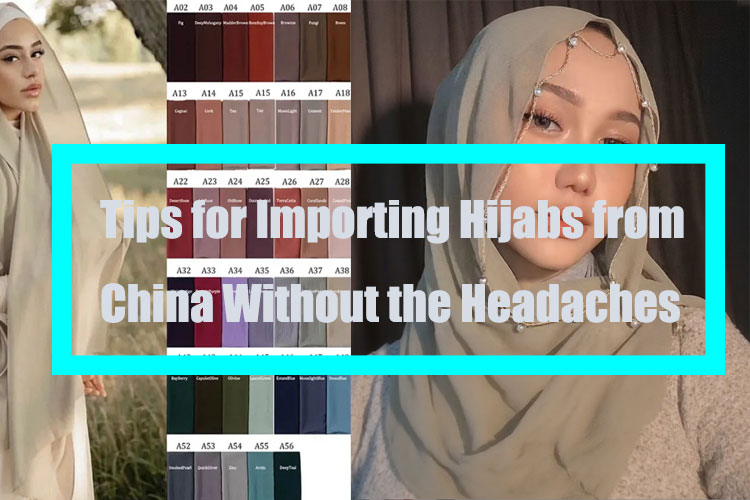Luxury and sustainability often feel like they belong in two different worlds. Silk has long symbolized luxury—but is it truly an eco-friendly material?
As brands and wholesalers demand greener products, we face a critical question: Can silk fit into the future of sustainable fashion, or is it time to move on?
In this article, I’ll break down everything you need to know about silk and sustainability, including facts, options, and what to offer your clients confidently.
If you’re wondering whether luxury can meet eco-friendly standards, the short answer is: yes, but it depends.
Real silk can be sustainable under the right sourcing and production methods, but not all silk is created equal.
Today, I’ll guide you through the truth about sustainable silk options and what you should watch out for when building your product line.
Is Silk Sustainable or Just a Luxury Myth?
Many people assume all natural fibers are automatically sustainable.
But is silk sustainable really? The reality is more complicated.
Traditional silk production can be resource-heavy, requiring lots of water, energy, and labor.
However, silk is biodegradable, long-lasting, and often requires fewer chemicals compared to synthetic fabrics like polyester.
Brands looking for eco-upgrades should know both the positives and the hidden costs of silk.
What Makes Eco-Friendly Silk Different?
Peace silk is another fantastic option.
It allows silkworms to complete their natural lifecycle before harvesting, aligning more closely with ethical standards.
What Is Peace Silk?
Peace silk (also called Ahimsa silk) offers a cruelty-free alternative to conventional silk.
Instead of boiling cocoons with the larvae inside, farmers wait for the moth to emerge naturally.
This method is slower and more expensive but appeals to ethically minded buyers.
We have helped brands source peace silk scarves and apparel, balancing luxury with humane practices.
Exploring Organic Silk Options
For brands focused strictly on organic materials, organic silk is a great choice.
It is produced without synthetic fertilizers, harsh pesticides, or toxic dyes.
Although it’s rarer and slightly more expensive, organic silk can be a strong selling point for eco-conscious consumers.
How Sustainable is Silk in Real-World Supply Chains?
How sustainable is silk when it comes to large-scale production?
Truthfully, it depends heavily on the supply chain.
From farming methods to dyeing processes, every step matters.
Some silk manufacturers are moving toward low-impact processing and water recycling, but others are not.
That’s why choosing the right factory partners is critical.
At Evelyn, we audit every partner to ensure they meet sustainability standards when requested.
Are There Other Sustainable Fabric Alternatives to Silk?
If silk still doesn’t align with your brand’s mission, don’t worry.
Today, we offer many sustainable fabric alternatives such as:
-
Lyocell (Tencel)
-
Organic cotton
-
Hemp
-
Recycled polyester
Each material brings its own advantages for durability, softness, or eco-performance.
We often create mood boards and samples for brands weighing these options.
Why Luxury Sustainable Fabrics Are the Future
Brands no longer have to choose between beautiful materials and ethical responsibility.
Luxury sustainable fabrics, including silk, are shaping the new market demand.
Consumers care about how their products are made.
And suppliers like Evelyn are here to meet that demand with smart sourcing strategies.
Conclusion
Silk and sustainability can go together—with the right choices.
If you’re serious about offering luxury fashion that’s ethical and marketable, sustainable silk could be your next hero material.
